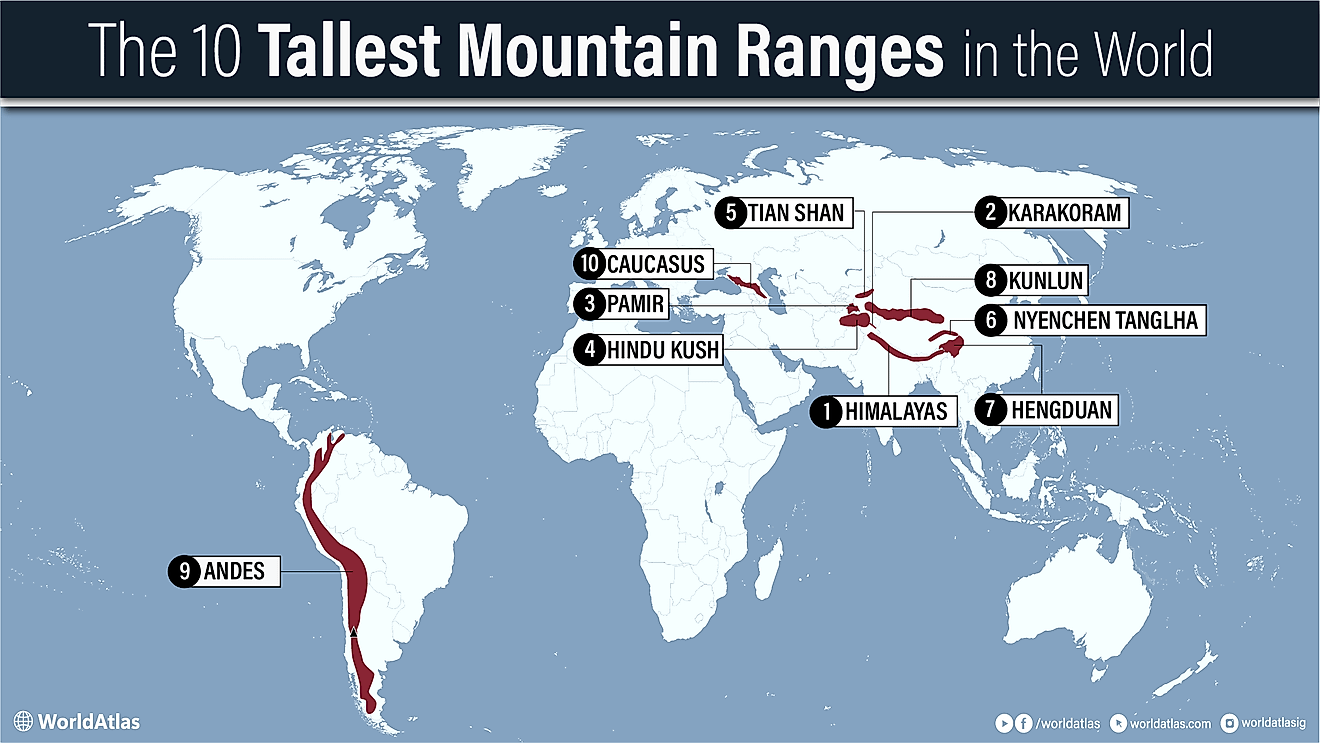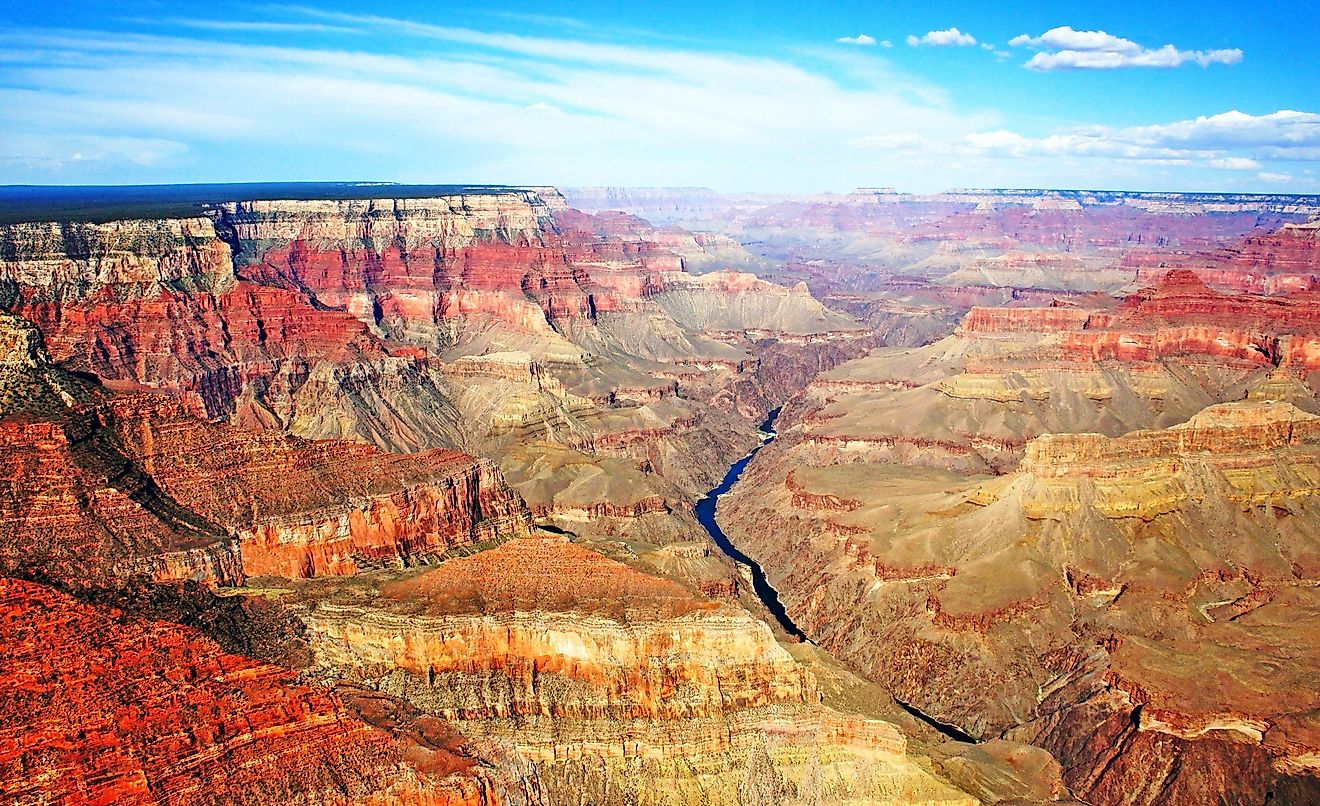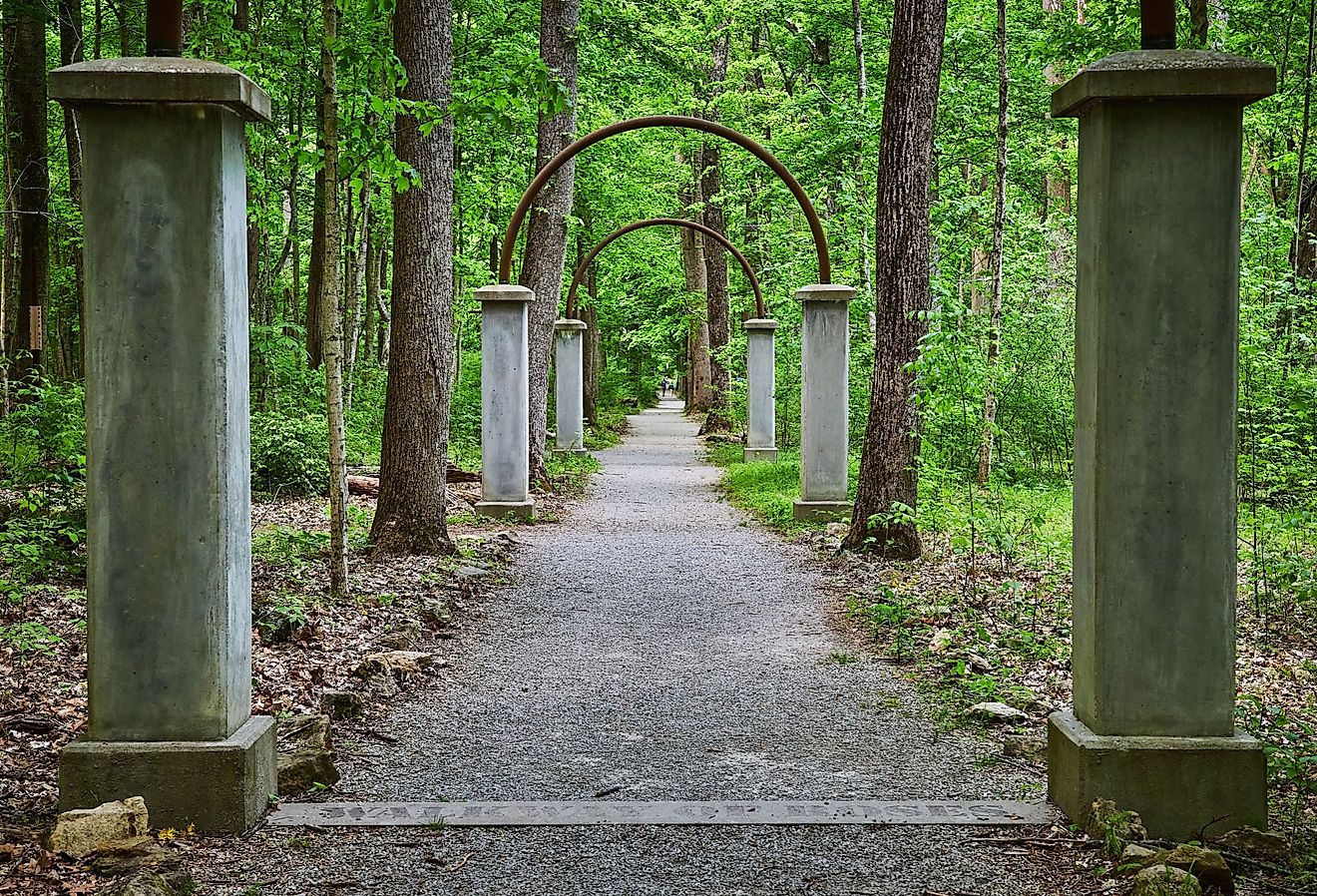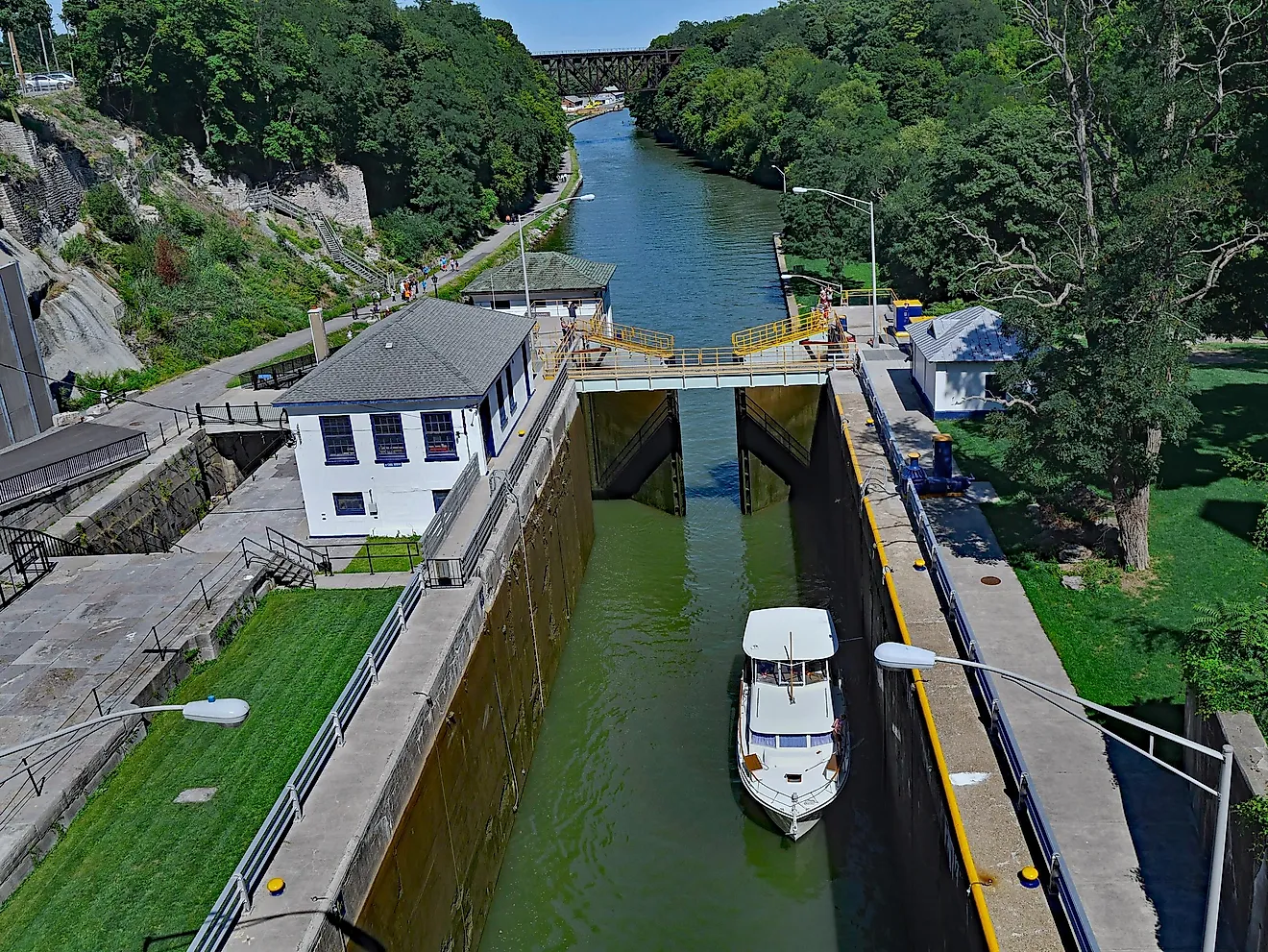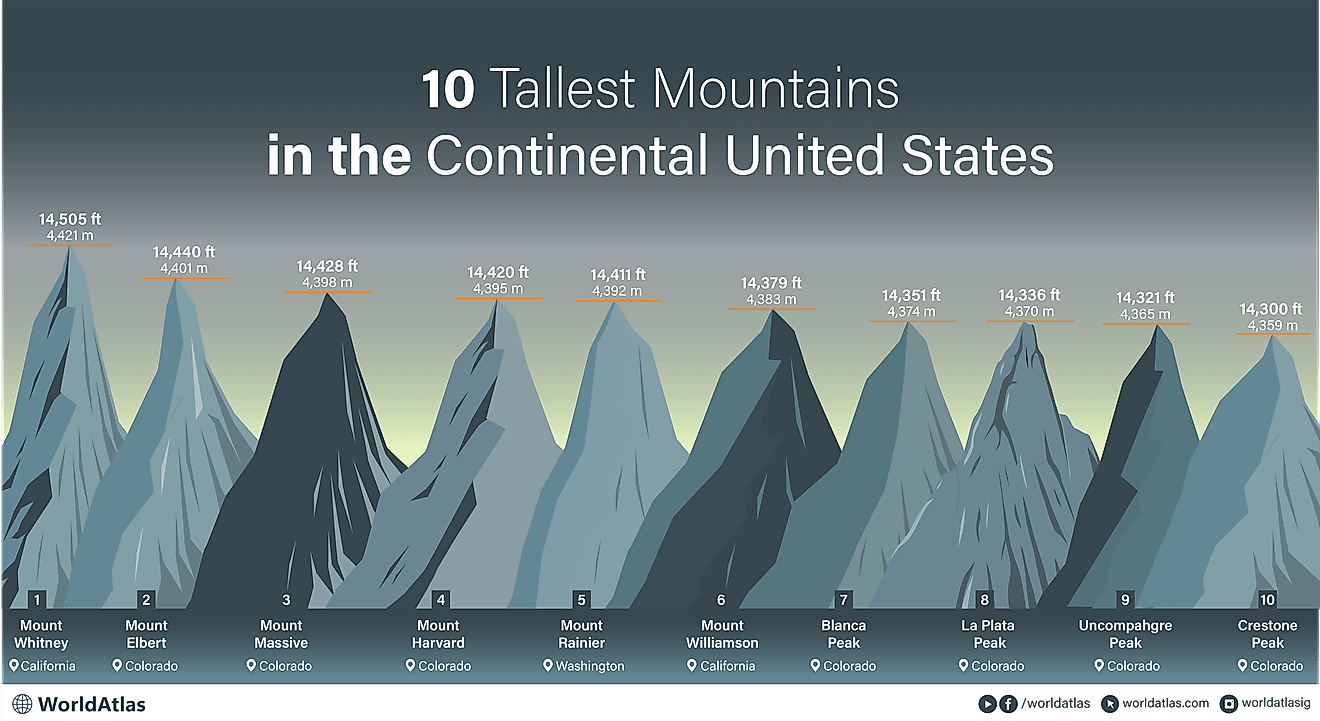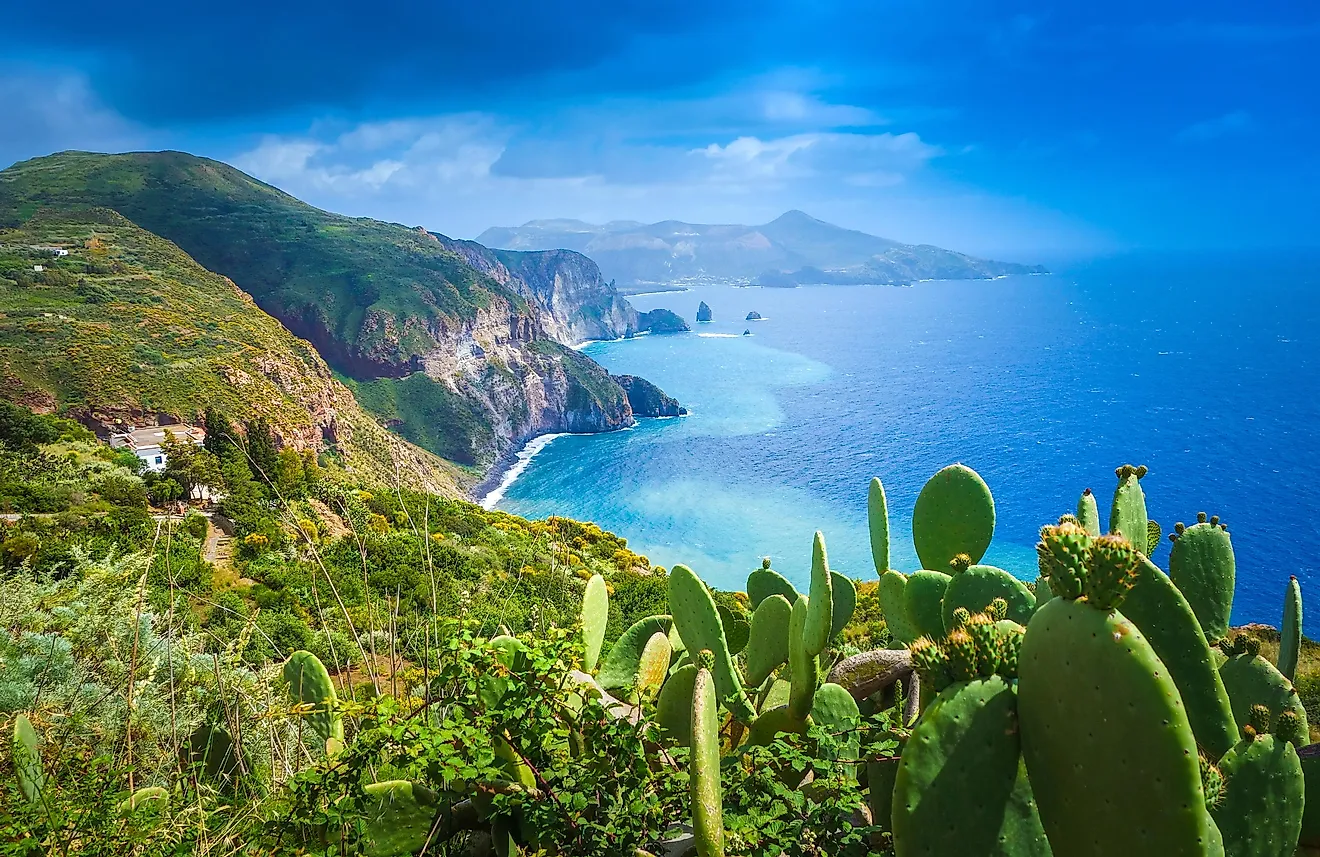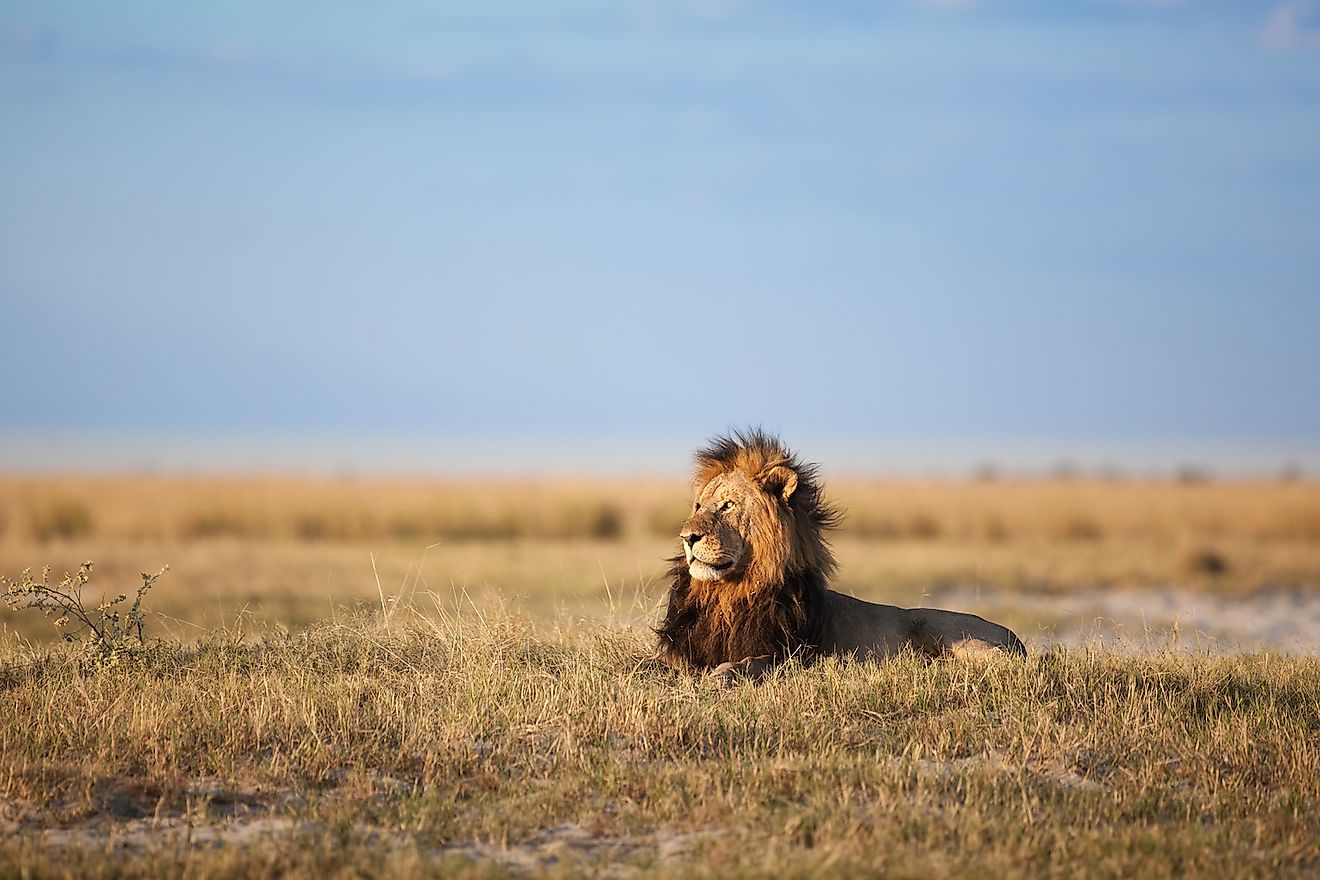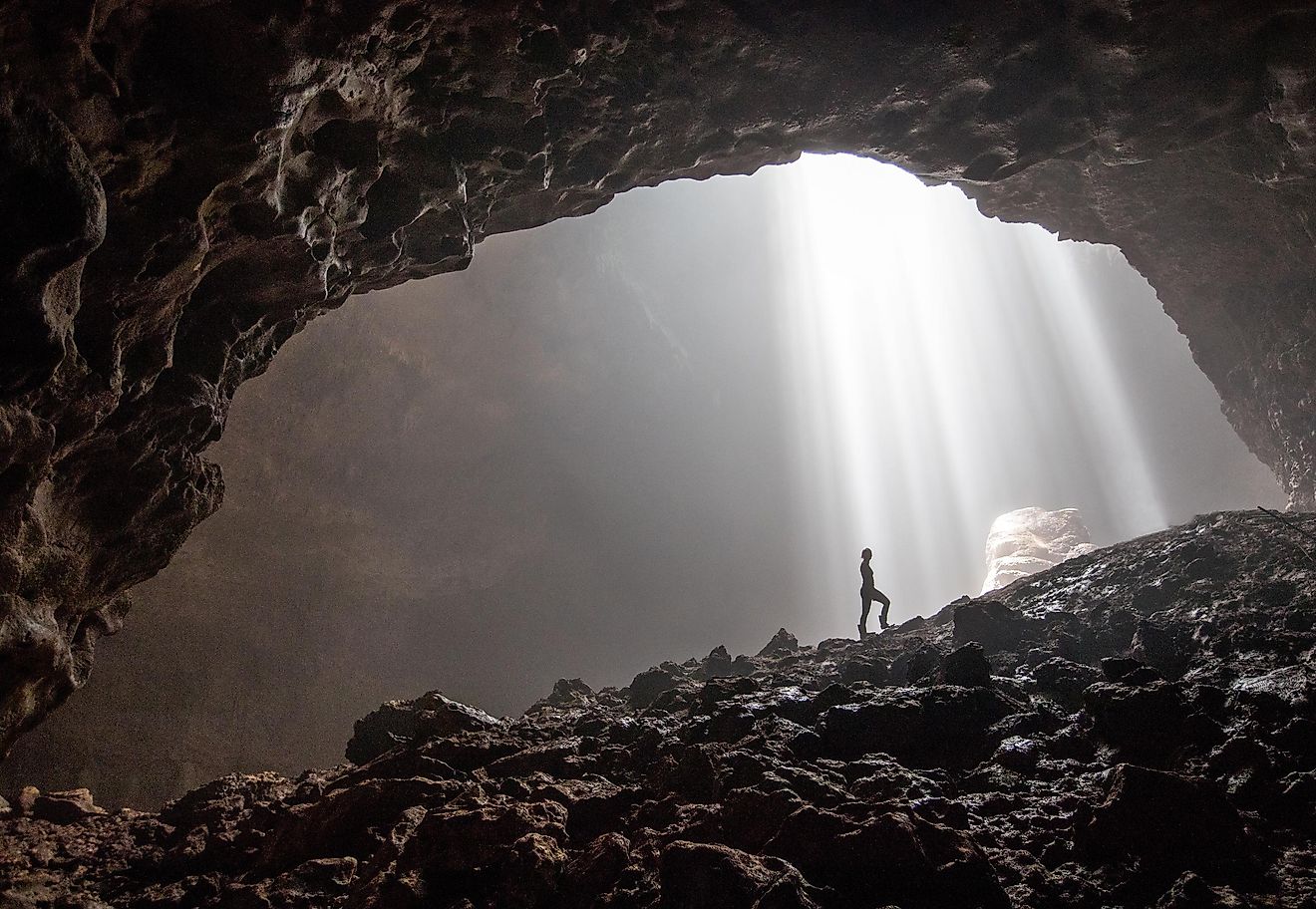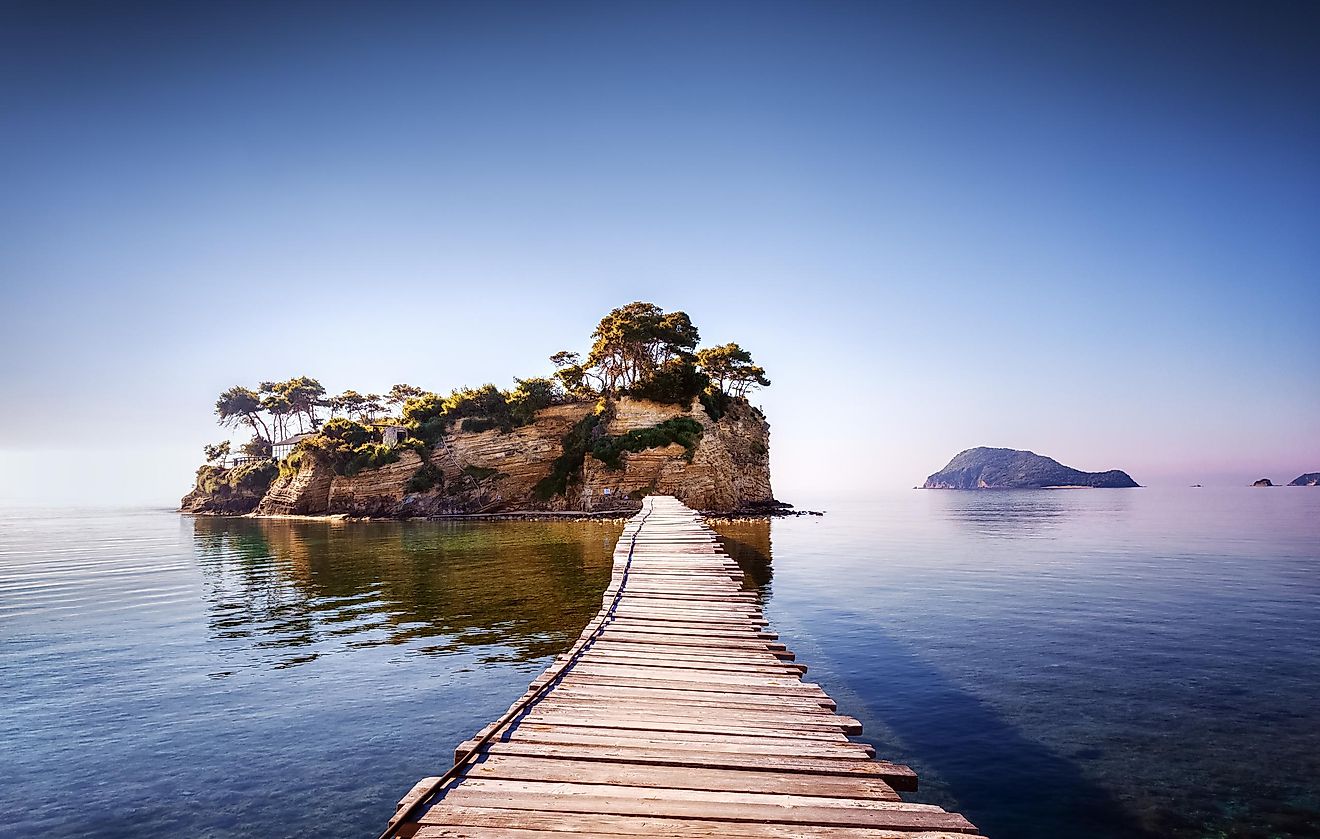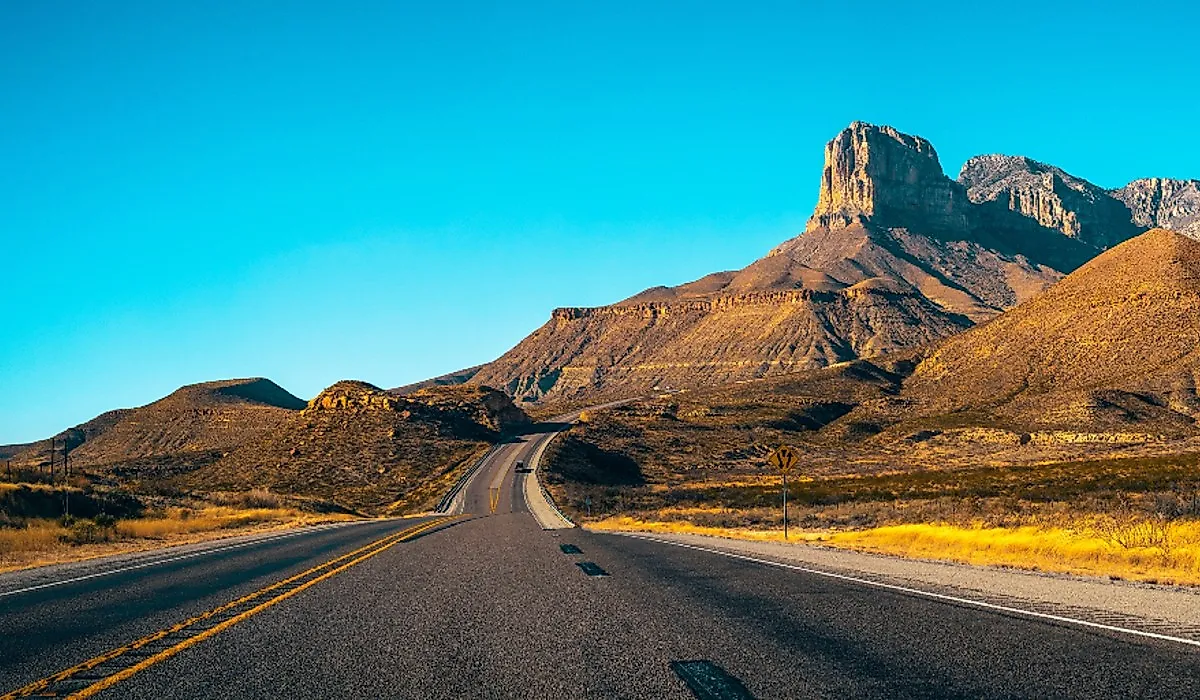
Mountains Across North America You Can Summit With Little to No Experience
You ever see a scene from a movie or a post on social media that depicts a glorious, snowcapped mountain being summited by a brave climber? Do you live in a relatively flat part of the world and yearn to do something similar - to breathe in that crisp, high-altitude air while peering down on the landscapes below?
It seems like a daunting task, but getting to the top of a notable mountain can actually be easier to achieve than you may think. Not all of them require expensive climbing gear, long treks out into the wilderness, and advanced skills gained over years of experience. Some, you can simply walk up.
Now, it's not quite as simple as that; having decent level of fitness and cardio health, good shoes, a sense of direction, and probably a comfortable bag to carry water and snacks are the bare minimum... but you get our gist. With that, take a look at these peaks you can summit with little-to-no experience.
Mount Monadnock - New Hampshire
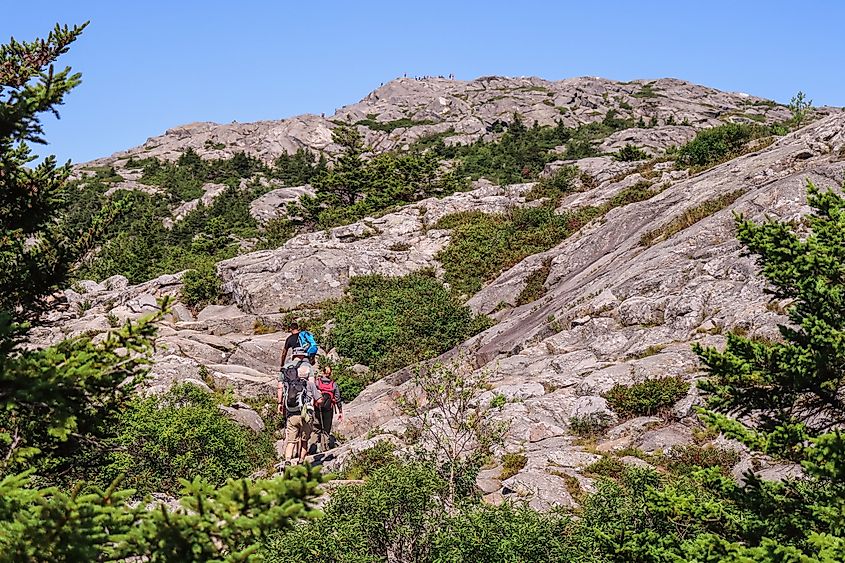
Rising 3,165 feet above the southwestern corner of New Hampshire, Mount Monadnock is one of the most frequently climbed mountains on the East Coast. Its appeal, of course, lies in its accessibility, with no technical climbing required and multiple well-maintained trails leading to the summit.
The White Dot and White Cross trails are the most direct routes, typically taking three to four hours round-trip for an average hiker. The mountain’s rocky apex offers unobstructed, 360-degree views that can stretch into all six New England states on a clear day! Monadnock is also historically significant, having inspired writers such as Ralph Waldo Emerson and Henry David Thoreau, who praised its rugged beauty in their works.
While the climb is considered manageable for those in relatively reasonable shape, it still provides a satisfying challenge due to its steady elevation gain and some sections of exposed rock near the top. Then again, if it were too easy, it wouldn't be much of an adventure, would it?
Handies Peak - Colorado

Handies Peak, standing at nearly 14,050 feet in the San Juan Mountains of southwestern Colorado, is one of the more approachable “fourteeners” in the country. Despite its impressive height, it can be reached without technical mountaineering skills via the American Basin Trail, which is incredibly beautiful in late summer as local wildflowers bloom.
This route is only about 5.5 miles round trip with roughly 2,500 feet of elevation gain, making it a reasonable challenge for hikers acclimated to high altitude. The trail begins above tree line, passing through alpine meadows and meandering streams and waterfalls from snow melt in the summer, before climbing steadily to the summit ridge. From the top, expansive views take in the rugged peaks of the San Juans, as well as distant valleys and glacial basins, many of which are filled with eye-catchingly blue lakes.
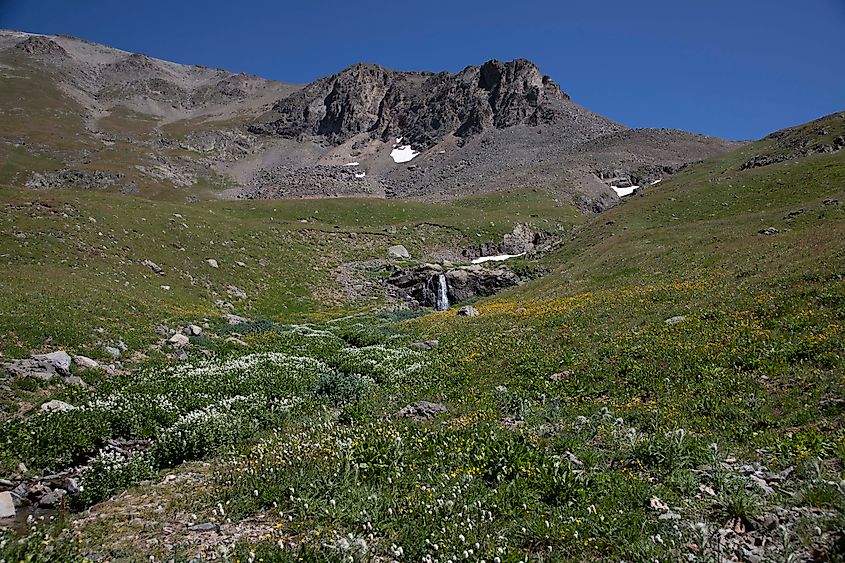
Note that the weather can change rapidly at this elevation, so early starts are recommended to avoid afternoon storms. Also note that getting to the trailhead is almost more of a challenge than the hike itself, with it being at the end of a dirt mountain pass that needs a vehicle with 4-wheel drive and good clearance to navigate. Off-road vehicles are widely available to rent in nearby Silverton if you need one.
Guadalupe Peak - Texas
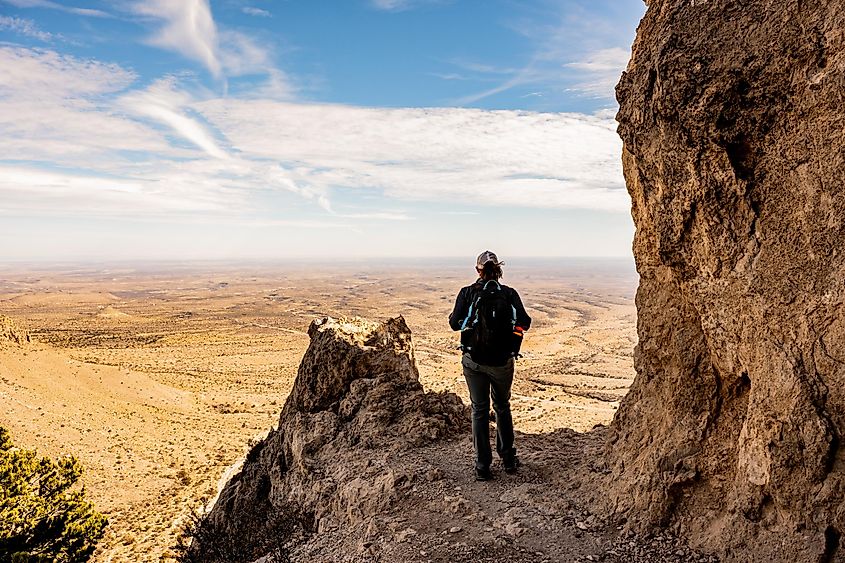
At 8,751 feet, Guadalupe Peak is the highest point in Texas and has a summit accessible on foot by a well-marked trail in Guadalupe Mountains National Park. The hike is 8.4 miles round trip with an elevation gain of about 3,000 feet, typically requiring six to eight hours to complete.
The trail begins at Pine Springs and climbs steadily through desert lowlands into pinyon-juniper woodland, eventually reaching exposed switchbacks with wide-ranging views all around. The official summit is marked by a seemingly out-of-place stainless-steel pyramid put there in 1958 by American Airlines to commemorate the Butterfield Overland Mail route, which passed nearby in the 1800s. However, you're probably more interested in seeing the vast Chihuahuan Desert from so high up, with nearby landmarks like the sheer cliffs of El Capitan (not to be confused with the one in Yosemite National Park) and other distant mountain ranges across the Lone Star State and New Mexico.
Guadalupe Peak provides a rare opportunity to stand at a state’s highest point while enjoying an arid, yet beautiful landscape along the way that is quite different from many of the more lush alpine trails mentioned on this list. Because this is a desert deep in the Southwest, be sure to bring as much water and sun protection as possible, and consider hiking during the cooler months of the shoulder seasons.
Mount Mansfield - Vermont
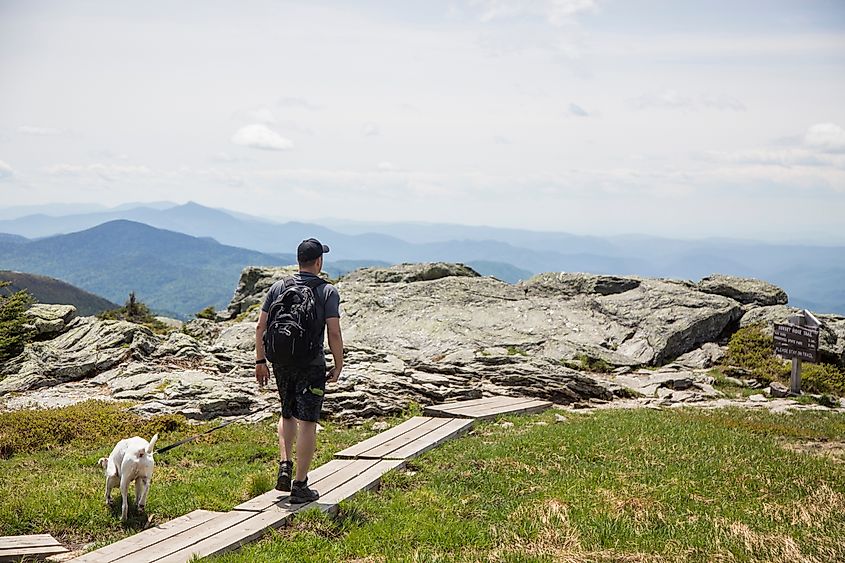
Mount Mansfield, at 4,395 feet, is the highest peak in Vermont and a prominent feature of the aptly named Green Mountains. Known for its summit ridgeline resembling the profile of a human face, it's one of the area's most recognizable landmarks and can be reached by several hiking routes, most of which can be completed in an afternoon.
The Sunset Ridge Trail, perhaps the most popular way to get up, starts from Underhill State Park and covers about 5 miles round-trip with 2,540 feet of elevation gain. It ascends through pristine hardwood forest before transitioning to alpine tundra, one of the few such ecosystems in Vermont. Wide-reaching views of Lake Champlain, the Adirondacks to the west, and the White Mountains to the east will meet you at the top. On clear days, the sightline can even extend into Canada!
While the climb is quite steep in sections, it's one of the most renowned hikes in New England and is well worth the trip. This region is especially beautiful in the fall, when not only do the forests change to brilliant shades of red, yellow, and orange, but the cooler temperatures make it more favorable for outdoor exercise.
Mount San Jacinto - California
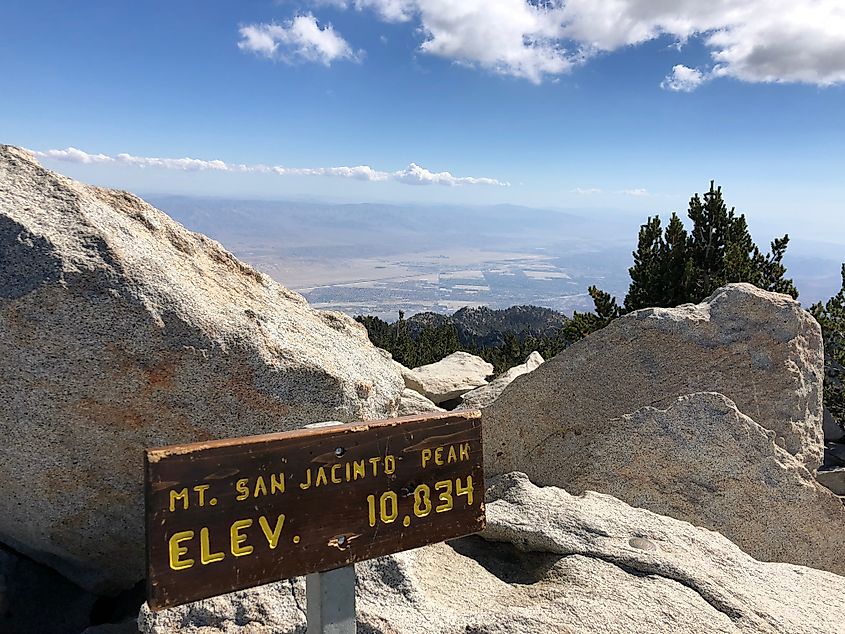
Mount San Jacinto rises to 10,834 feet just outside of Los Angeles in California and is best known for its dramatic elevation gain from the surrounding desert floor. While it has multiple approaches, the most accessible for the average hiker is from the Mountain Station of the Palm Springs Aerial Tramway.
From there, the well-marked route to the summit is just over 11 miles round trip with roughly 2,400 feet of elevation gain. This trail passes through subalpine forest and granite outcrops before reaching the final push, which requires a short, easy scramble. At the end, you'll be able to gaze upon Coachella Valley, San Bernardino Mountains, and, on clear days, Mexico directly south.
For those seeking a more strenuous challenge, there are a few routes that begin in the town of Idyllwild with elevation gains of 4,500 to 5,300 feet. Regardless of your approach, however, the climb is doable with not much more than shoes, water/food, and, ideally, some hiking poles in summer conditions, making Mount San Jacinto a standout peak for its wonderful and realtively accessible high-country scenery near one of the most densely populated cities in the country.
Mount Elbert - Colorado
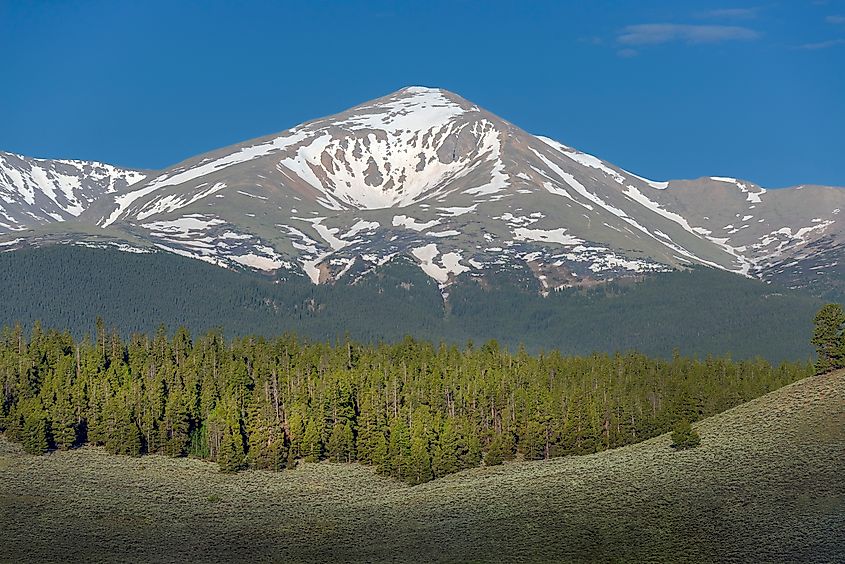
Mount Elbert, at 14,440 feet, is the tallest mountain in Colorado and the second-highest peak in the contiguous United States. Despite its immense elevation, it is considered another one of the more accessible “fourteeners” due to its easy-to-navigate trails and, surprisingly, lack of any technical climbing throughout. The most common route via the Northeast Ridge Trail spans about 10 miles round trip with 4,500 feet of elevation gain - no easy walk in the park, but very doable if you have the time.
The hike begins in the woods before rising into open alpine terrain, with a steady but manageable grade for most of the ascent thereafter. Be sure to soak in the sights of the greater Sawatch Range, including nearby Mount Massive and La Plata Peak, as well as the Arkansas River Valley far below.
Because of its sheer altitude, you should try to be acclimated beforehand to avoid elevation-related issues, and early starts are advised to beat the potential midday thunderstorms that are common in the summer months.
Prairie Mountain - Alberta
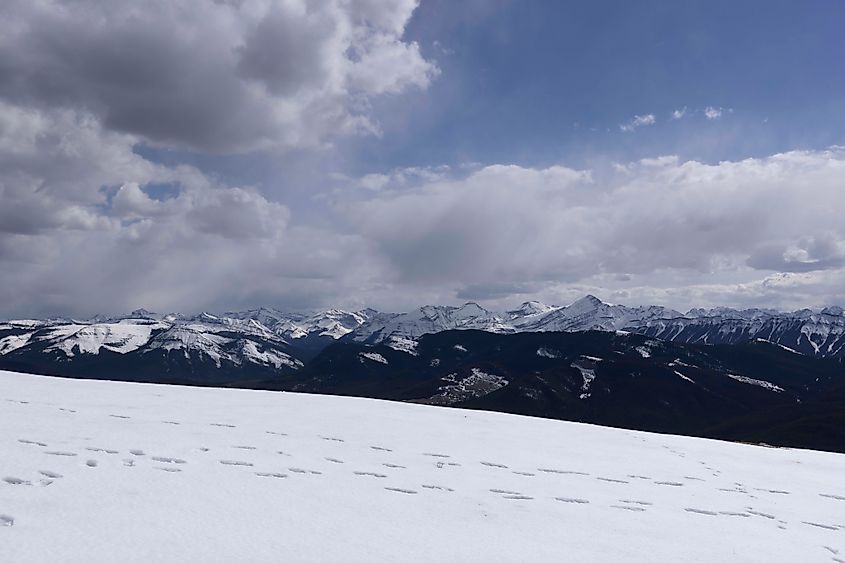
Prairie Mountain stands just west of Calgary, making it one of the most popular summits in Alberta for an afternoon hike. At around 7,250 feet, the path going up comes with a significant elevation gain of about 2,300 feet over a 5.2-mile out-and-back route. The trail begins near the scenic Elbow Falls in Kananaskis Country (a great place to relax afterwards) and climbs steadily from the start, winding through dense pine forests and patches of wildflowers before opening onto grassy slopes, from which "Prairie" Mountain gets its name.
Its consistent incline makes it a solid workout, yet no specialized gear or climbing skills are required when the trail is clear of snow in the summer and part of the fall. The summit provides some of the best views one can get of the Elbow River Valley, nearby Moose Mountain, the edge of the Rockies to the west, and the Canadian prairies stretching as far as the eye can see to the east.
Because of its proximity to Calgary and relatively short distance, Prairie Mountain is highly sought-after year round for city-slicking outdoor adventurers, including in the winter with proper footwear. Crowds can be big at times because of this, but during some quiet mid-week days or in the off season, you may find yourself the only one on the trail, so be sure to always bring bear spray in addition to water, snacks, and first-aid supplies.
Conquer a Mountain Peak Today
With basic safety precautions and a little preparation, you too can conquer mountains, literally. Don't be daunted by documentaries covering arduous Everest ascents and other skilled thrill seekers attempting the world's most prominent ranges; check out these destinations across the United States and Canada instead to see what the buzz of bagging a peak and finishing a mountainous hike is all about!

